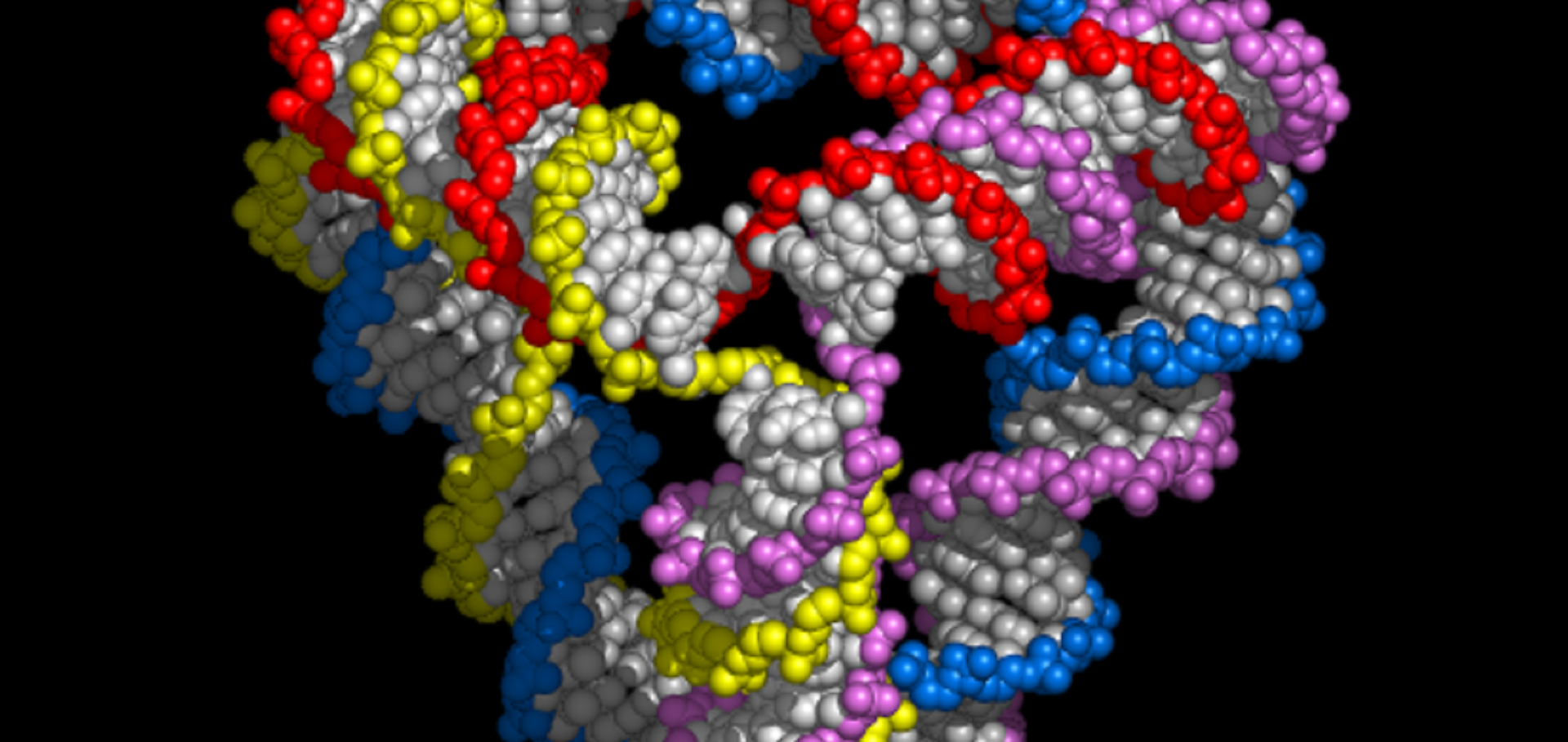DNA T-junctions for studies of DNA origami assembly
EUROPEAN BIOPHYSICS JOURNAL WITH BIOPHYSICS LETTERS 46 (2017) S139-S139
DNA origami dimensions and structure measured by solution X-ray scattering
EUROPEAN BIOPHYSICS JOURNAL WITH BIOPHYSICS LETTERS 46 (2017) S137-S137
DNA-templated peptide assembly
EUROPEAN BIOPHYSICS JOURNAL WITH BIOPHYSICS LETTERS 46 (2017) S303-S303
Quantitative single molecule surface-enhanced Raman scattering by optothermal tuning of DNA origami-assembled plasmonic nanoantennas
ACS Nano American Chemical Society 10:11 (2016) 9809-9815
Abstract:
DNA origami is a powerful approach for assembling plasmonic nanoparticle dimers and Raman dyes with high yields and excellent positioning control. Here we show how optothermal induced shrinking of a DNA origami template can be employed to control the gap sizes between two 40 nm gold nanoparticles in a range of 1 nm – 2 nm. The high field confinement achieved with this optothermal approach was demonstrated by detection of surface-enhanced Raman spectroscopy (SERS) signals from single molecules that are precisely placed within the DNA origami template that spans the nanoparticle gap. By comparing the SERS intensity with respect to the field enhancement in the plasmonic hotspot region, we found good agreement between measurement and theory. Our straightforward approach for the fabrication of addressable plasmonic nanosensors by DNA origami demonstrates a path toward future sensing applications with single-molecule resolution.Ordering gold nanoparticles with DNA origami nanoflowers
ACS Nano American Chemical Society 10:8 (2016) 7303-7306


